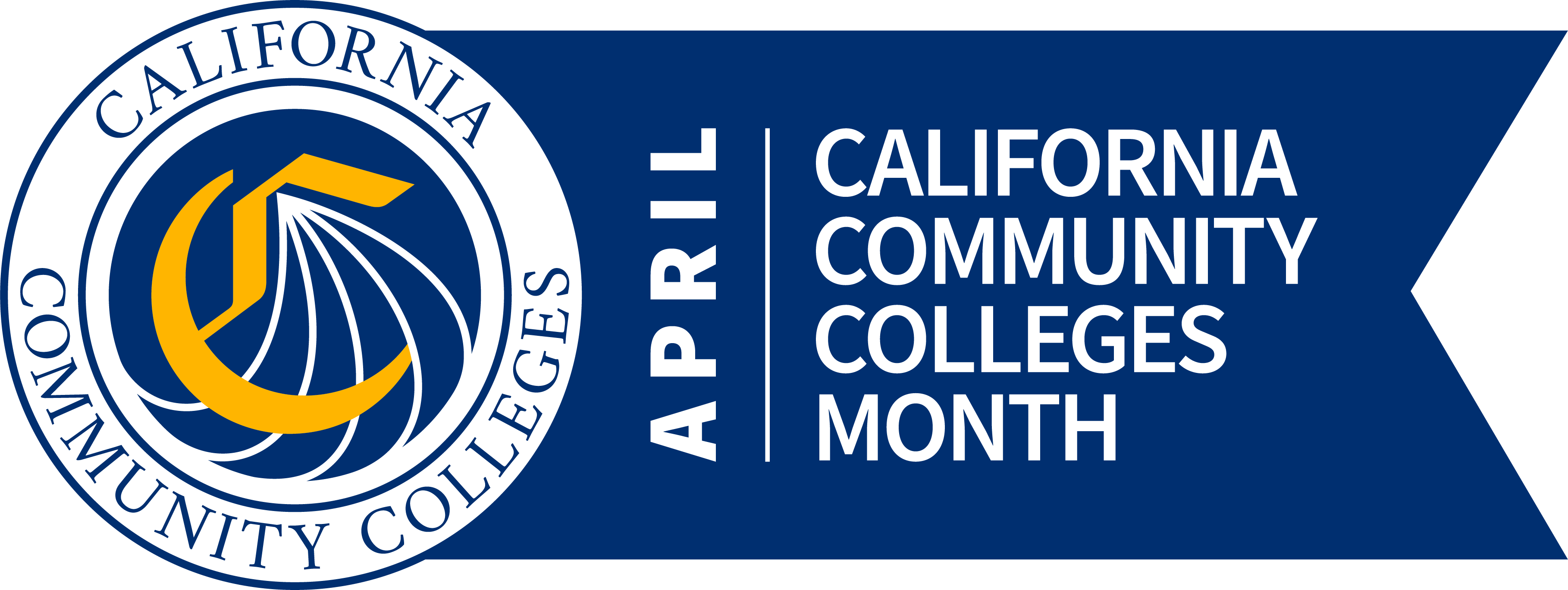April 03, 2023
Contact: Melissa Villarin
Office: 916-327-5365
Office E-mail: MVillarin@CCCCO.edu
Statewide Enrollment up 2.4 percent, according to most recent figures
SACRAMENTO, Calif. — Buoyed by a recent upswing in enrollment following declines exacerbated by the COVID-19 pandemic, community colleges across the state are planning a series of ramped up student engagement and outreach activities in celebration of California Community Colleges Month throughout the month of April.
Colleges from Mendocino to San Diego counties are collaborating with community partners in holding public events on their campuses that focus on creating smoother enrollment experiences and connecting students to programs that include an array of initiatives addressing student basic needs and learning support services.
“We bring higher education and career training within reach of every Californian through low or free tuition, wraparound support services, student financial assistance and more,” said Interim California Community Colleges Chancellor Daisy Gonzales, PhD. “Community Colleges Month is meant to amplify our student-centered approach, reinforce the opportunities possible at a community colleges and emphasize why public support for our colleges is more important than ever.”
More students are taking that message to heart with enrollment for the fall 2022 semester, the most recent term for which statewide data is available, up 2.4% across the California Community Colleges compared to the fall of 2021. Forty-five colleges saw growth of 5% or greater and, of that group, 18 experienced growth of 10% or more.
Student populations most impacted by the pandemic saw encouraging growth: Latino student enrollment grew by 5.7% for the period; Native American-Alaskan Native student enrollment grew by 5.4%; and Black student enrollment grew by 5.3%.
The number of students 19 years old or younger was up 9.6% largely due to a growth in dual enrollment opportunities, which give high school students the opportunity to earn college credit while working on their high school diploma.
“California’s community colleges are deeply embedded in their local economies and cultures,” said Jose Fierro, superintendent/president of Cerritos College and president of the Chief Executive Officers of the California Community Colleges board. “Our students reflect the families and communities of where they live, work and play. The educational programs at every level have a direct impact on generational social mobility for our students and the community.”
In a recent statewide survey of students who had not enrolled for the fall 2022 semester, students cited the most common challenges to attending college as being affordability, needing to prioritize work and needing to take care of dependents. More than 40% of students said they wanted to be contacted by a college to help them make the next step toward their college future.
Statewide activities planned as part of California Community Colleges Month, which was established by action of the Board of Governors, include:
- The California Community Colleges Board of Governors legislative advocacy day on April 13. Board members, Chancellor’s Office staff, and members of the Student Senate for California Community Colleges will meet with state Legislators to lift up student voices and clearly communicate system priorities.
- Black Student Success Week, April 24-28. This year's theme is “Vision to Action: Building Systems and Structures for Black Student Success." The week will focus on successful approaches to ensure Black and African American students succeed.
- The LGBTQ+ summit April 19-20 is a space for students, faculty, classified professionals and administrators where we will focus on this year’s theme: “Fiercer Together - Uplifting Queer & Trans Students on Our Campuses.”
Gonzales said California Community Colleges Month is a time to celebrate the hard work of students, faculty and staff, but also a good time to reflect on the work ahead to re-enroll and reach Californians who have left their education. Students who skip college usually have lower life-time earnings. The average community college graduate with an associate degree will see an increase in earnings of $11,100 annually when compared to a person with a high school diploma or equivalent. And those with a bachelor’s degree earn 84% more over a lifetime than workers with a high school diploma.
Students can enroll online through the CCCApply site. In addition, the California Community College’s ICanGoToCollege.com site offers information on career education programs, guaranteed transfer to a saved spot at participating four-year universities and links to financial aid applications.
The California Community Colleges is the largest system of higher education in the nation, composed of 73 districts and 116 colleges serving 1.8 million students per year. California community colleges provide career education and workforce training; guaranteed transfer to four-year universities; and degree and certificate pathways. As the state’s engine for social and economic mobility, the California Community Colleges supports the Vision for Success, a strategic plan designed to improve student success outcomes, increase transfer rates and eliminate achievement gaps. For more information, please visit the California Community Colleges website or follow us on Facebook, Instagram and Twitter.
###

